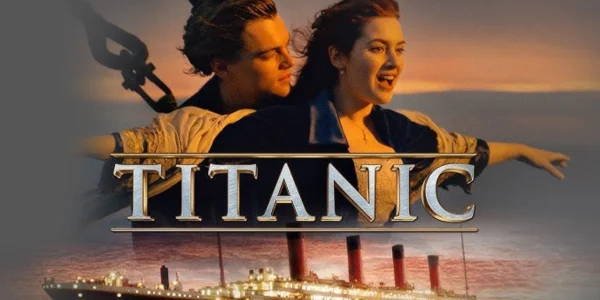James Cameron’s 1997 epic Titanic remains one of the most iconic and emotionally powerful films in cinematic history. Blending romance, tragedy, and historical drama, the film tells the story of Jack Dawson and Rose DeWitt Bukater, two fictional characters from vastly different worlds who fall in love aboard the doomed RMS Titanic. With its realistic depiction of the ship and the devastating events of April 15, 1912, many viewers continue to ask:
Is the movie Titanic based on a true story?
The answer is yes—and no. While the love story at the center of the film is fictional, the broader context, characters, and events are very much based on real history. The film is a masterful combination of historical accuracy and imaginative storytelling.
The Real Disaster: Sinking of the RMS Titanic

The RMS Titanic was a real British passenger liner that sank in the North Atlantic Ocean on April 15, 1912, after striking an iceberg during its maiden voyage from Southampton to New York City. Over 1,500 people died, making it one of the deadliest commercial peacetime maritime disasters in modern history.
James Cameron went to great lengths to accurately recreate the ship, from the design of the grand staircase to the details of the dining rooms and staterooms. Historical records, photographs, and eyewitness accounts were used to make the ship as authentic as possible. Even the timeline of the iceberg collision and the ship’s sinking is closely aligned with documented events.
Fictional Characters, Real Emotions
While Jack and Rose are entirely fictional, their love story represents the emotional heart of the tragedy. Cameron created them as a way to give audiences a personal lens through which to experience the disaster—rich and poor, love and loss, sacrifice and survival.
However, many of the supporting characters are real historical figures, including:
- Captain Edward Smith – the Titanic’s real captain.
- J. Bruce Ismay – chairman of the White Star Line, who survived the disaster.
- Molly Brown – the “Unsinkable Molly Brown,” a real-life passenger who helped others into lifeboats and survived.
- Thomas Andrews – the ship’s chief designer, who heroically helped passengers during the sinking.
These real-life figures were portrayed with a significant degree of historical accuracy, though some creative liberties were taken for dramatic effect.
Historical Accuracy vs. Creative Liberty
While the film is praised for its detailed set design and historical references, there are a few elements that are dramatized. For example, the portrayal of First Officer William Murdoch shooting passengers and then himself caused controversy, as it lacked strong historical evidence. James Cameron later apologized for any offense caused.
Final Verdict
So, is Titanic based on a true story? Yes, the film is based on the true historical event of the Titanic’s sinking and incorporates many real people and facts. But the central romance between Jack and Rose is fictional, created to humanize the catastrophe and explore class conflict, love, and sacrifice.
In blending real tragedy with emotional storytelling, Titanic remains a powerful example of historical fiction done right.



